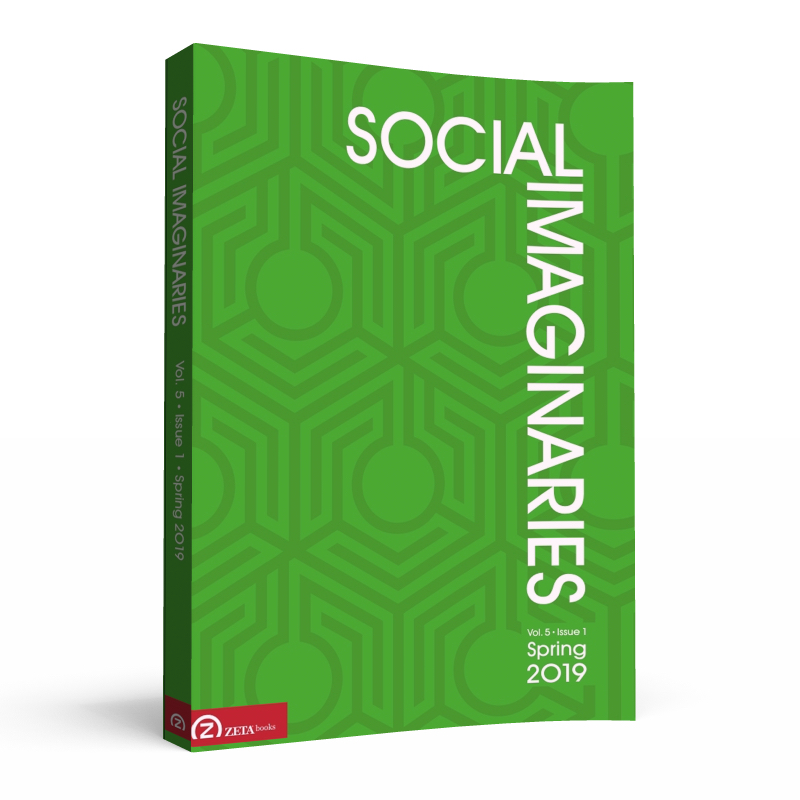Aesthetic A Priori and Embodied Imagination
Aesthetic A Priori and Embodied Imagination
Author(s): Dalius JonkusSubject(s): Philosophy, Aesthetics
Published by: Zeta Books
Keywords: imagination; perception; aesthetic; correlation; phenomenology; Scheler; Sesemann;
Summary/Abstract: This paper discusses the modern idea of imagination and its various transformations in the phenomenological conceptual frameworks of Edward Casey, Mikel Dufrenne (1910-1995), Max Scheler (1874-1928) and Vasily Sesemann (1884-1963). I would like to raise and critically assess questions regarding the role of imagination in our consciousness: whether imagination is a productive or reproductive activity; and how, if at all, aesthetic expression limits the imagination. Casey criticizes Dufrenne for his attempt to unite imagination with aesthetic expression. He argues for the autonomy of the imagination but leaves the question of the relationship between the imagination and perception unanswered. Dufrenne partially shares his theory of imagination with Sesemann. Both philosophers claim that imagination is a reproductive activity rather than a productive one in the sense that it is limited by the forms of the material a priori. In other words, aesthetic expression has to obey the principle of correlation between percipiens and perceptum. Creativity becomes possible when the creator is able to reproduce in his expression another subject’s possible perceptivity. Max Scheler emphasized the correlative connection of spiritual activity with the world. He linked the concept of imagination to the practical being in the world. In Sesemann’s aesthetics the role of embodied imagination in artistic creation and the perception of aesthetic objects were also considered. Both authors argued that the connection between imagination and the essential modes of the world’s givenness is guaranteed by the mode of embodied imagination. Both acknowledged that imagination is related to unconscious desires and drive. Both authors stated that the schematisms of imagination express the style of the perception of the world. The fact that imagination is an embodied phenomenon is illustrated by the way it exists in the world, since imagination is essentially a free activity restricted only by “the style of the world’s horizon.”
Journal: Social Imaginaries
- Issue Year: 5/2019
- Issue No: 1
- Page Range: 143-160
- Page Count: 18
- Language: English
- Content File-PDF

